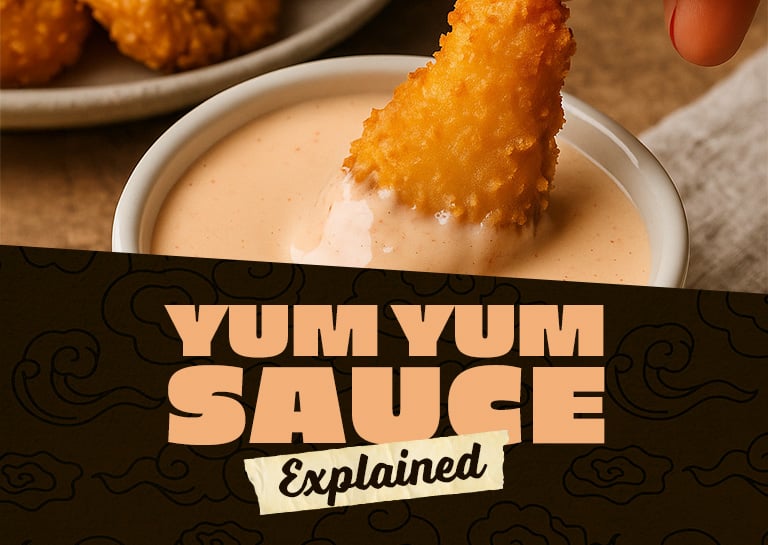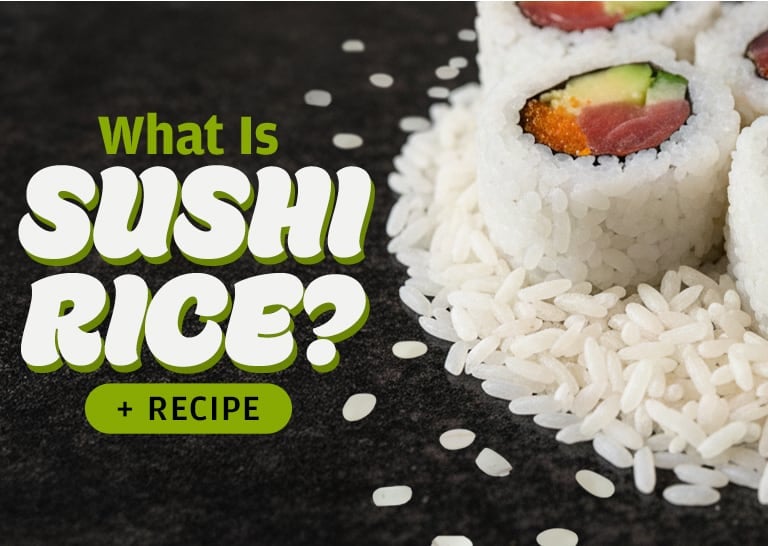December 2025 WebstaurantStore Coupon CodeThe official home for WebstaurantStore® coupon codes! Stay up to date on our latest coupon codes so you can get great deals on some of our most popular items.
Read More
Are Plantains Bananas?Discover the similarities and differences between plantains and bananas.
Read More
What Is Yum Yum Sauce?Add a delicious sauce to your menu with yum yum sauce. A Japanese hibachi staple, yum yum sauce offers a tangy flavor for your signature stir fry dishes.
Read More
How to Make Sushi RiceDiscover what sushi rice is and how to make it.
Read More
Porcelain vs Bone ChinaDiscover the differences between porcelain and bone china across various aspects such as color, translucency, and mechanical strength
Read More
Best Gifts for ChefsUse our chef gift guide to shop for the perfect gift for the culinarian in your life.
Read More
Gifts for BakersOur baking gift guide helps you find the perfect gift for your favorite baking enthusiast.
Read More